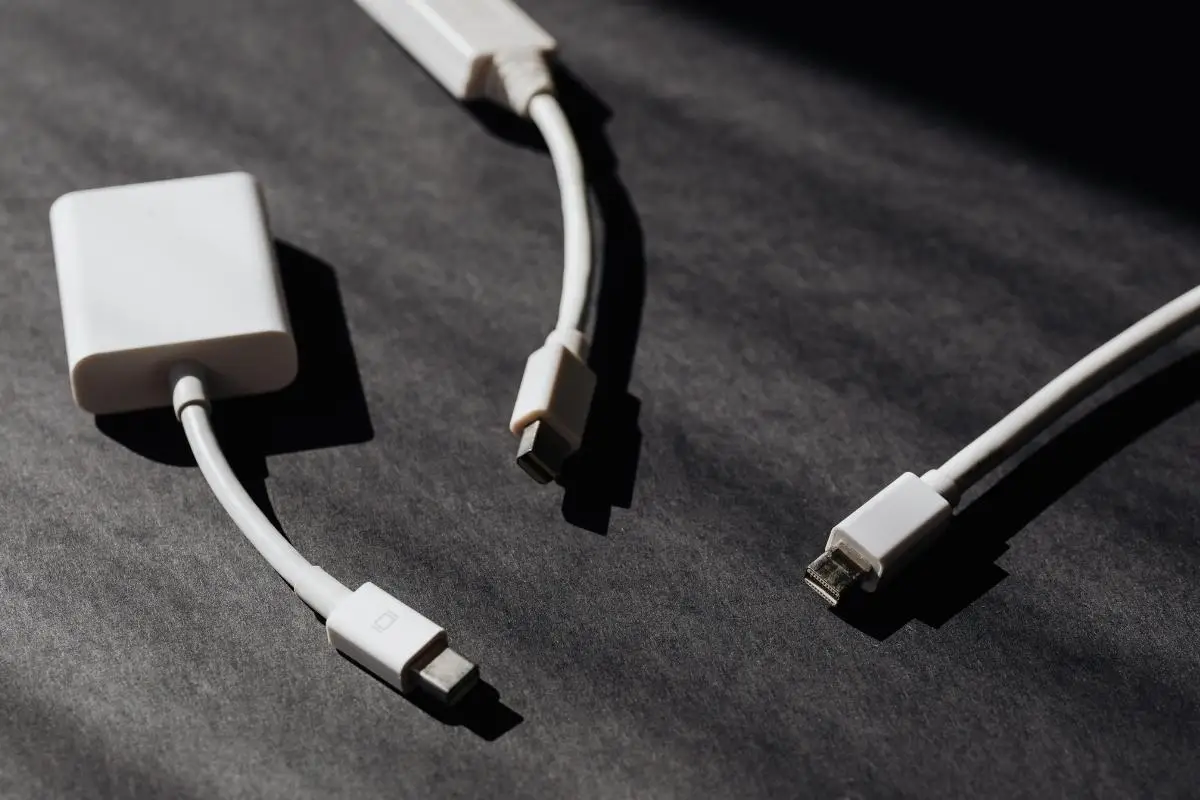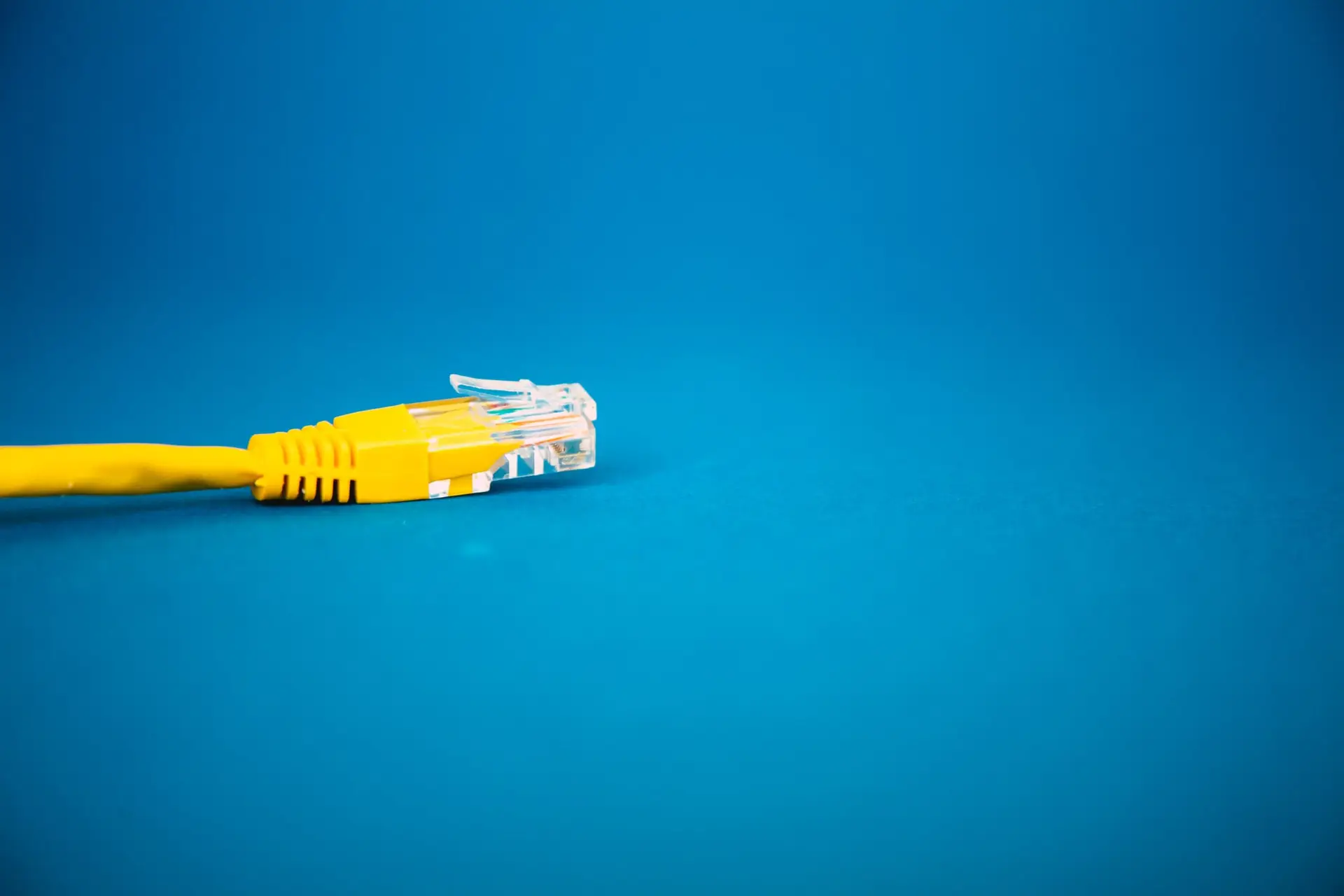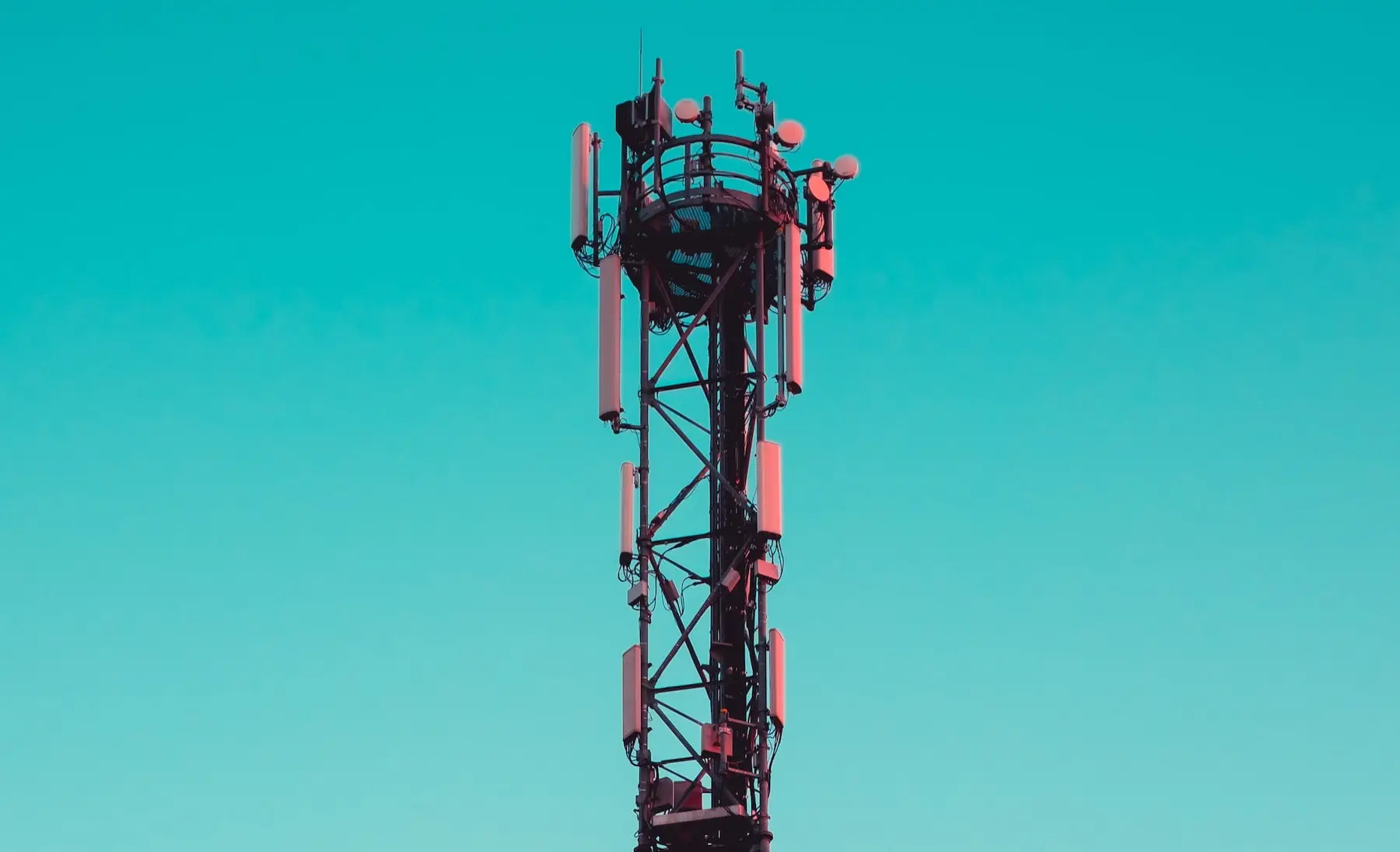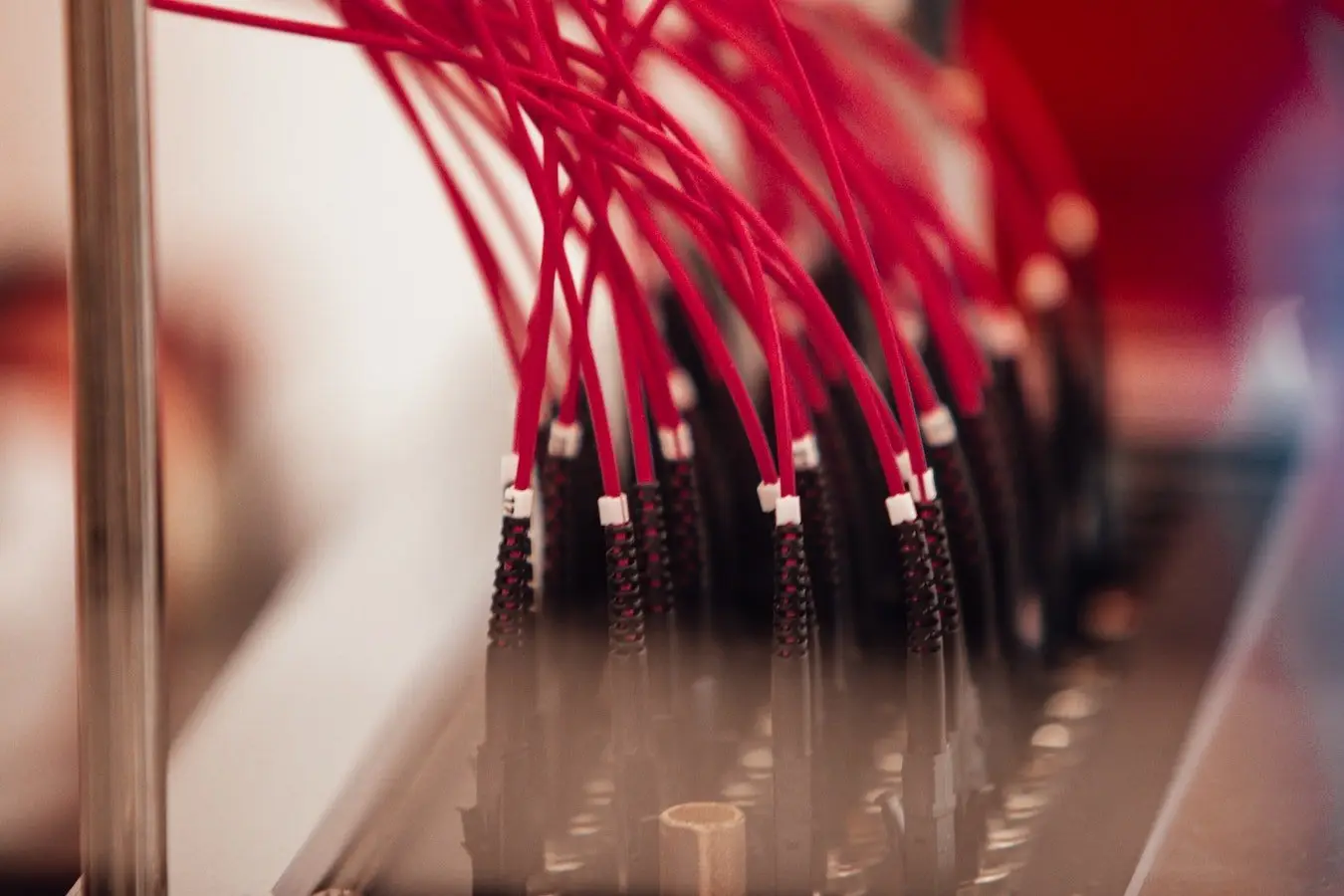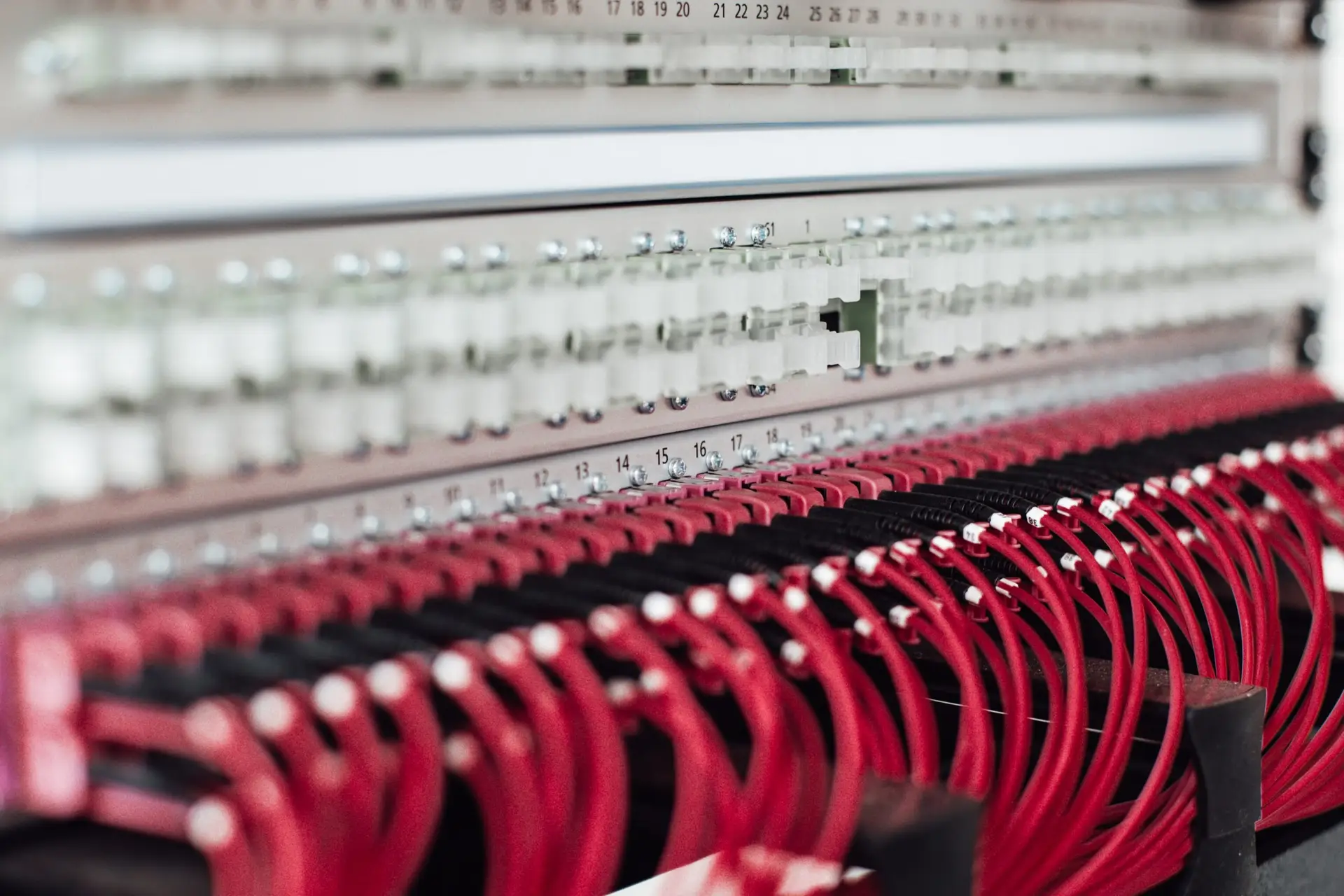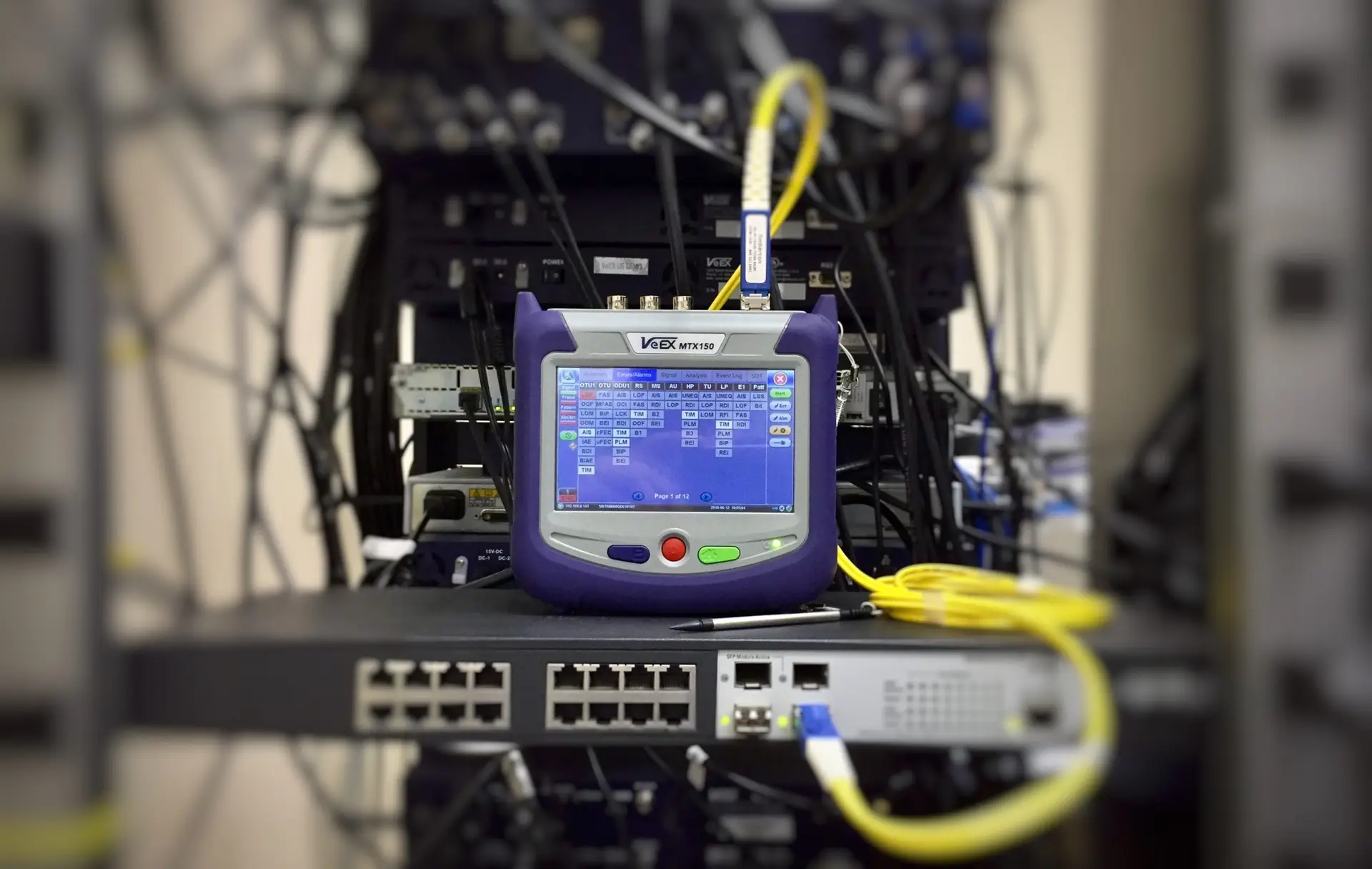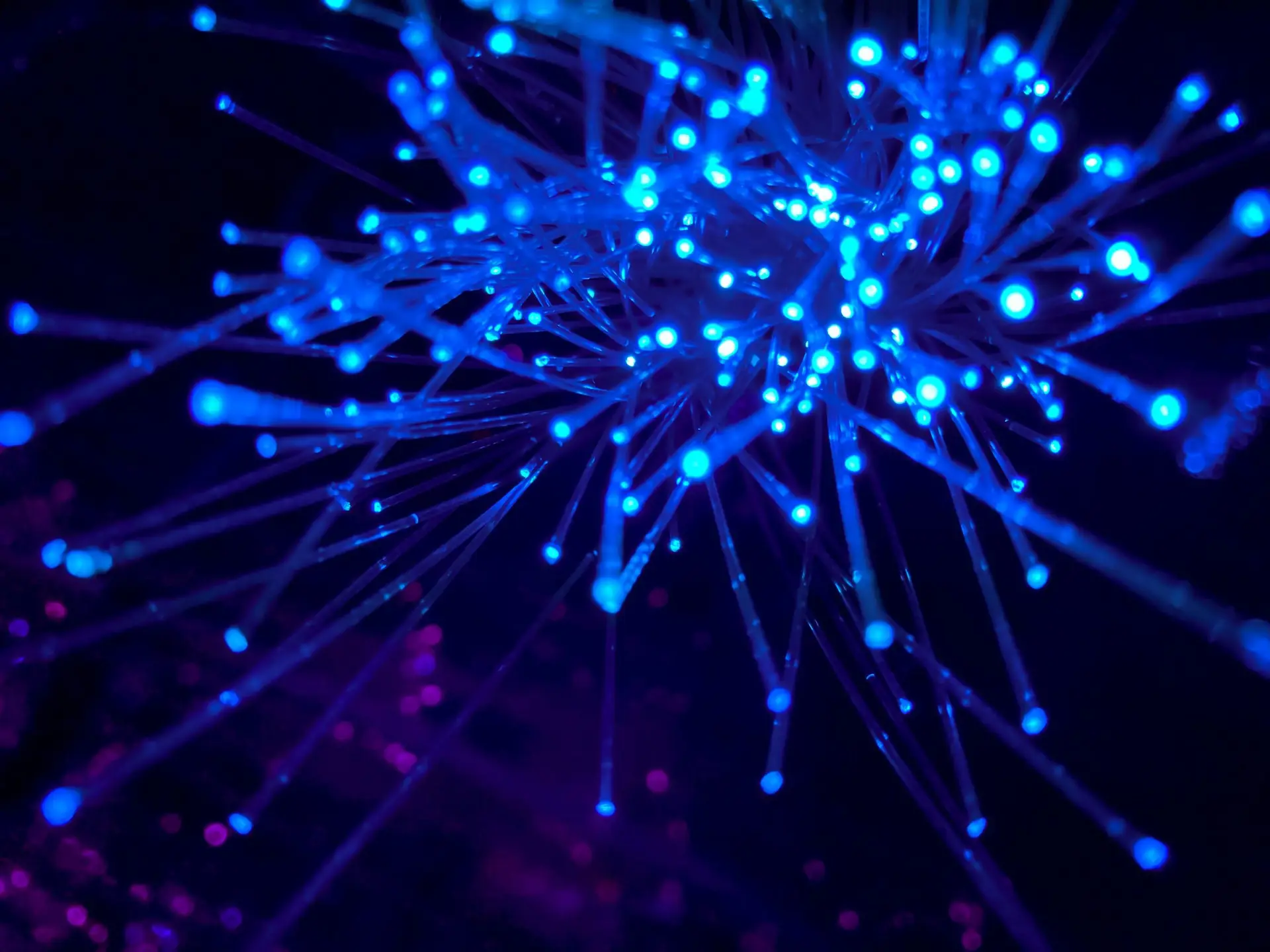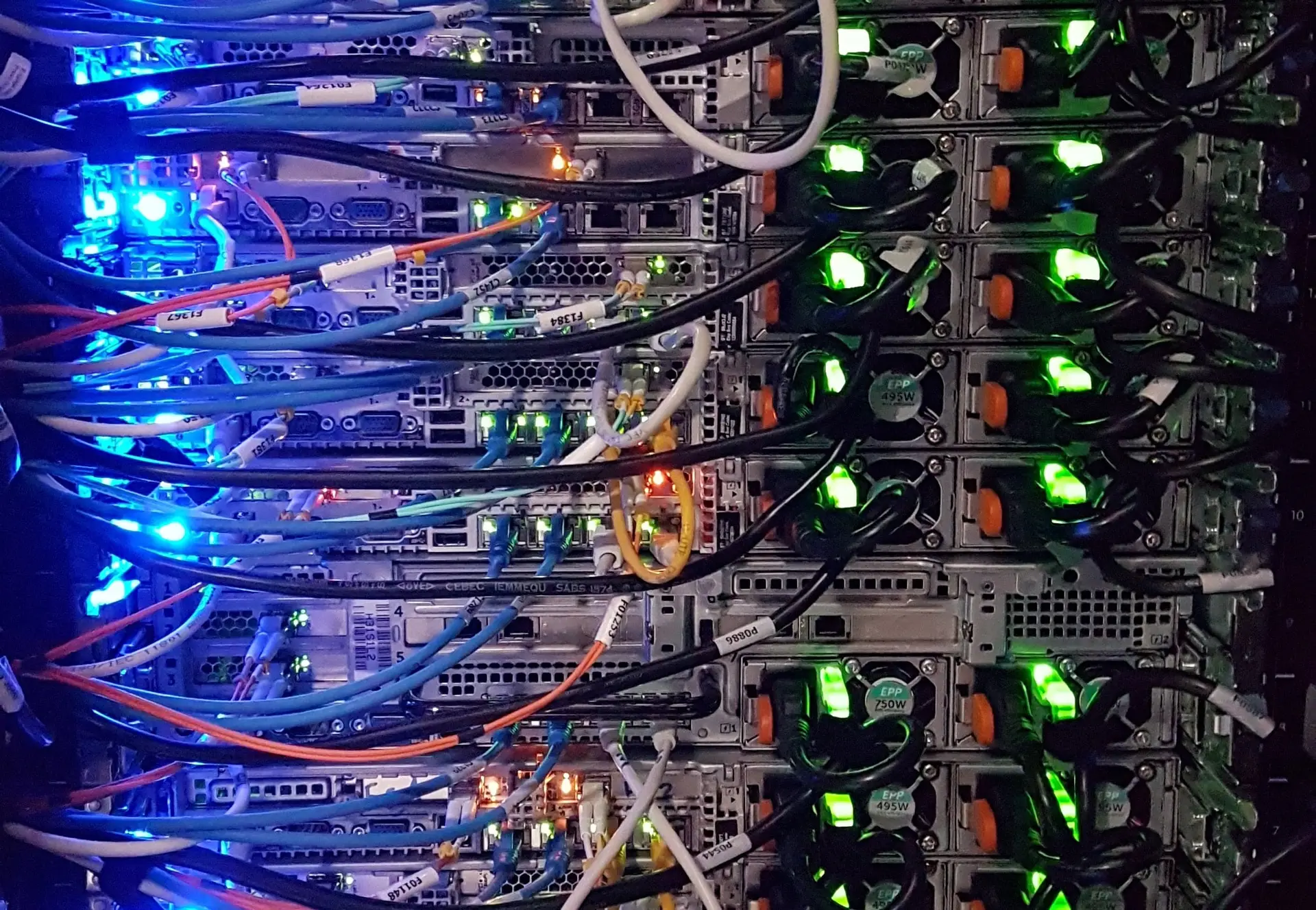Let’s say you have an old computer and you want to connect it to your wireless network, but it just doesn’t have any wireless capabilities in it. Well, a...
The wireless lan terms BSS, SSID, BSSID, ESS, and ESSID are often misunderstood… But not anymore. As a wireless user, you are only interested in broadcast SSIDs that allow...
Structured cabling solutions heavily involve the use of both horizontal and backbone cabling. These types of cabling support the existence and proper operation of entire IT infrastructures in organizations...
Today, you’ll learn about the ins and outs of data wiring… Shall we!? Are you interested in building out a new internet infrastructure or looking to upgrade your business’s...
Did you know, the discovery of UPT cables is accredited to Alexander Graham Bell? That makes it no surprise that the UTP wire is the most common type of...
Would you like to know what does it take to test network cabling? You’re in the right place. Network cabling testing is the proper way to keep quality control...
Are you worried about fiber optic cable damage? You should be. Because while they’re perceived as the best and safer option in their product line, fiber optic cables still...
Fiber optic cabling supports most of today’s world’s internet, cable television, and telephone systems. But not many people know what are they and how do they work exactly. This...
While so many exciting technologies like the cloud or the Internet of Things are emerging and wireless network connectivity already exists, we surely know cabling won’t go away. It...
So many business organizations and individual users commit structured cabling installation mistakes which you should avoid to not compromise the quality of connection and instead, enjoy a seamless experience. ...

